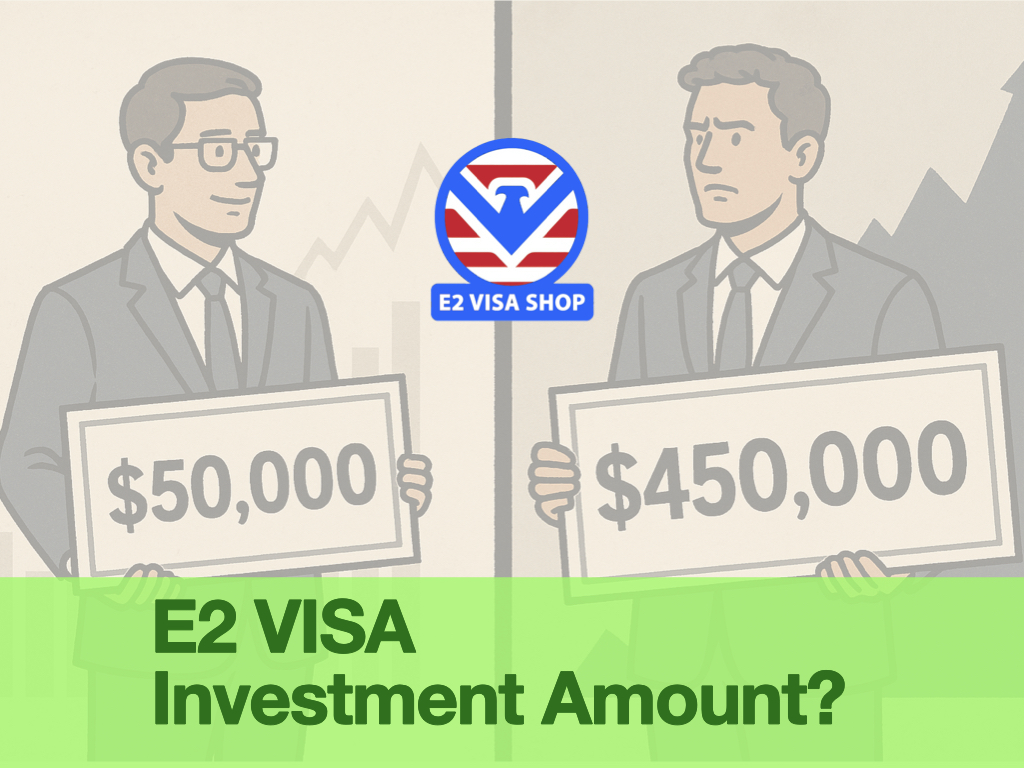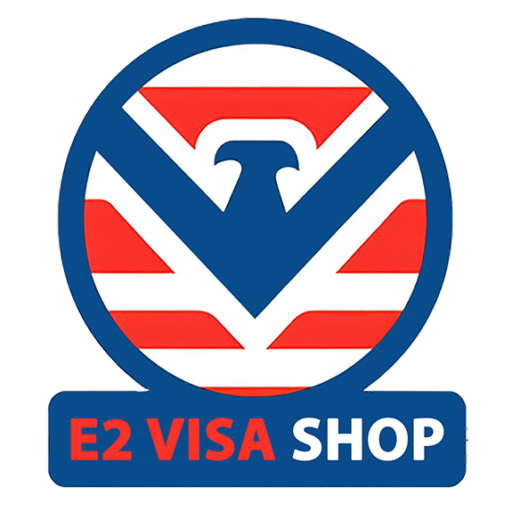
For foreign investors dreaming of building a life in the United States, the E-2 visa remains one of the most flexible ways to enter the country legally and build a business. It allows citizens from treaty countries to live and work in the U.S. by investing in a business they control.
While many believe they need at least $150,000 or more to apply, that is not always true. There is no official minimum investment. What matters is that the money is used for a real, active business — and that the investment is not marginal. In other words, it must grow to support more than just the investor and their family.
This opens the door for people with smaller budgets — sometimes even under $70,000 — to qualify. But the process is not easy, and these smaller cases come with high expectations from U.S. immigration officers.
“E-2 visa cases get close attention, no matter the amount,” said Mark Lugo, a business consultant who helps clients with E-2 visa strategies. “If you invest a small amount, you must show that every dollar is truly at risk and that your business can start working right away. But even a large investment can be a problem if the money’s source isn’t clear. Both situations can lead to a visa denial.”
Real Examples of E-2 Visa Success — and Failure
One high-risk E-2 case involved a Canadian single mother who invested just $39,000 into a nail salon in Texas. She had never owned or operated a business before. Her documents were incomplete, and she had no staff, no open location, and no real marketing plan. Her application was denied.
In another case, a Pakistani investor used $65,000 to start a trucking dispatch company in Georgia. He spent the money wisely: leasing a small office, buying dispatch software, registering his company, hiring part-time help, and setting up contracts with small trucking firms. His business plan clearly showed how the business would grow and support jobs. He was approved.
Another investor from Canada started a retail coffee and tea shop in Florida. She invested $58,000, signed a 3-year lease, hired two baristas, and launched an online store. She also prepared a clean source of funds report and included proof of her prior work in the food industry. Her application was successful.
These examples show that the investment amount is only one part of the story. The structure, plan, and paper trail all matter just as much — sometimes even more.
How to Make a Small E-2 Investment Work
When budgets are limited, smart planning is critical. Many successful E-2 applicants choose businesses that are affordable to launch and easy to scale. These include:
- Cleaning services
- Mobile car washes
- Dispatching and logistics services
- Online retail shops
- Small cafés or kiosks
- Beauty salons or studios
- Consulting and coaching services
Applicants typically form a U.S. LLC, rent an office or commercial space, create a website, purchase tools or software, and hire at least one part-time worker. These actions show the business is real and active.
Even marketing counts. Paying for branding, promotional materials, local advertising, and launching social media campaigns all help prove the business is ready to operate.
“I tell clients: your business needs to look like it’s open, working, and ready to grow before you apply,” said Lugo. “This is not a ‘future plan’ visa — it’s a ‘present business’ visa.”
The Role of the Business Plan and Source of Funds
A strong business plan should be simple, clear, and realistic. It should include:
- A description of the business
- A detailed breakdown of startup expenses
- Hiring goals for the next 3–5 years
- Revenue forecasts
- The role the applicant will play in managing the business
It also needs to match the investor’s skills and experience. If someone wants to open a digital marketing agency but has no background in marketing or technology, officers may doubt the plan.
At the same time, large investment amounts can trigger concern if the money is hard to explain. The E-2 visa requires a clean source of funds — typically savings, income, property sales, or gifts from family. Loaned funds are allowed but must be unsecured and clearly documented.
“I’ve seen people lose their visa chance because they didn’t show where the money came from,” Lugo said. “Bank transfers without proof, cash deposits, or missing sale documents can all cause trouble.”
A Doorway to Opportunity — If Done Right
The number of E-2 visa applications is rising as more people search for ways to live in the U.S. through entrepreneurship. The process is faster than other visa categories, and family members can often join the applicant — with spouses eligible to work in the U.S.
But the E-2 visa is not a simple visa. It rewards those who prepare, plan, and invest carefully.
“The E-2 visa is not just about how much money you have,” Lugo said. “It’s about how well you use it, how serious your business is, and how ready you are to build something real.”
For the right kind of entrepreneur, even $50,000 — if well-structured and well-documented — can be enough to start a new life and business in the United States.
